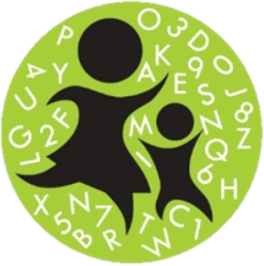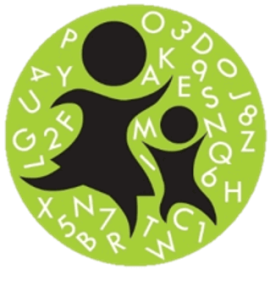Main Goal of the Course
The “Homeschool” at Nashat Group is designed for children to interact with their teacher in an online setting (in one-on-one, two-student, or three-student classes). Throughout these sessions, children learn English naturally and subconsciously in a cheerful, engaging environment—without direct instruction.
This course consists of 12 sessions per term (held three times a week), and each session lasts 30 minutes. The main focus of the program is on developing Speaking skills, and children learn through a variety of activities and the carefully designed lesson plans created by the Nashat educational team.
How many levels does the homeschool have?
-


In this phase—just like in first-language acquisition—children spend the initial months simply listening, observing, and understanding meaning. This stage typically lasts 6 to 8 months. During this time, interactions are mostly one-way, and it may seem like the child is only playing, drawing, or engaged in simple activities. However, their brain is actively absorbing, processing, and storing linguistic input. What you should expect is that:
- The child will speak less in Persian
- They will ask fewer questions (such as “What does this mean?” or “What was that?”).
- Gradually, they will begin to produce single, repetitive words.
-


This is the stage where the child starts speaking. At this point, they make many mistakes—just like when a child first begins to talk in their native language. During the production phase, the amount of Persian used in class gradually decreases, while English use increases. We use a variety of techniques to encourage and elicit spoken production from the child. They begin by producing single words, then gradually move to phrases and sentences, and eventually they become able to express their intended meaning in English.
-


This is the stage in which the child speaks fluently, uses a wider range of structures and vocabulary, and their sentences become more accurate. At this point, the child begins learning more complex words and expressions. They can engage in discussions and conversations in English with ease and speak much like a bilingual child.
A Very Important Note at the Beginning of the Journey
In the first days, the most important thing you should expect and actively work toward is establishing an emotional connection. Remember: we only learn from those we love. Emotional bonding always comes before learning. To help build this connection, stay in touch with the teacher, ask them to make video calls with your child, and if you tell your child a story (whether they are very young or a teenager), be sure to say something like “Your teacher really cares about you” so they feel close and secure. We must help the child recognize their teacher and see them as a friend, not a formal figure.
If you notice that your child only listens or doesn’t say much during the first two or three months, know that this is completely normal—just like in first-language acquisition where children do not speak at all during the first 14 months. If you expect your child to start speaking, reciting poems, or memorizing sentences after only two months, keep in mind that this is not true language learning; it is simply memorizing rhythms or imitating sounds, not understanding meaning.
Therefore, the first stage of learning at Nashat—the listening (perception) phase—lasts 6 to 8 months, during which the child primarily listens, plays, and interacts but does not yet speak. Later in the journey, after the perception phase, we move into the production phase and then the consolidation phase, each with its own natural developmental pattern—just like the way language develops biologically in the human brain.
About Resistance in the First Sessions
In the first few sessions, your child may refuse to sit in class, resist participating, or even cry and scream. This is completely normal. The key point, however, is that the child should not learn that through resistance, crying, or stubbornness, they can get what they want. Just as real schools have consistent rules, children must understand that “class has rules.”
If you encounter such resistance, please stay in close contact with our team at Nashat. We will give you personalized guidance based on your child’s situation—for example, we may suggest that you leave the room for a while, or in some cases, stay in the room until the child feels calm. In every scenario, we will guide you step by step to help reduce the resistance gently and effectively.
Typically, within the first two weeks, when parents follow the guidelines calmly and without tension, the child begins to trust the class and eventually returns with interest and enthusiasm.
Tuition for the Homeschool Classes
| Price | Class Type |
|---|---|
| €200 | One-on-One Class |
| €150 | Two-Student Class |
| €120 | Three-Student Class |

Leave a Reply